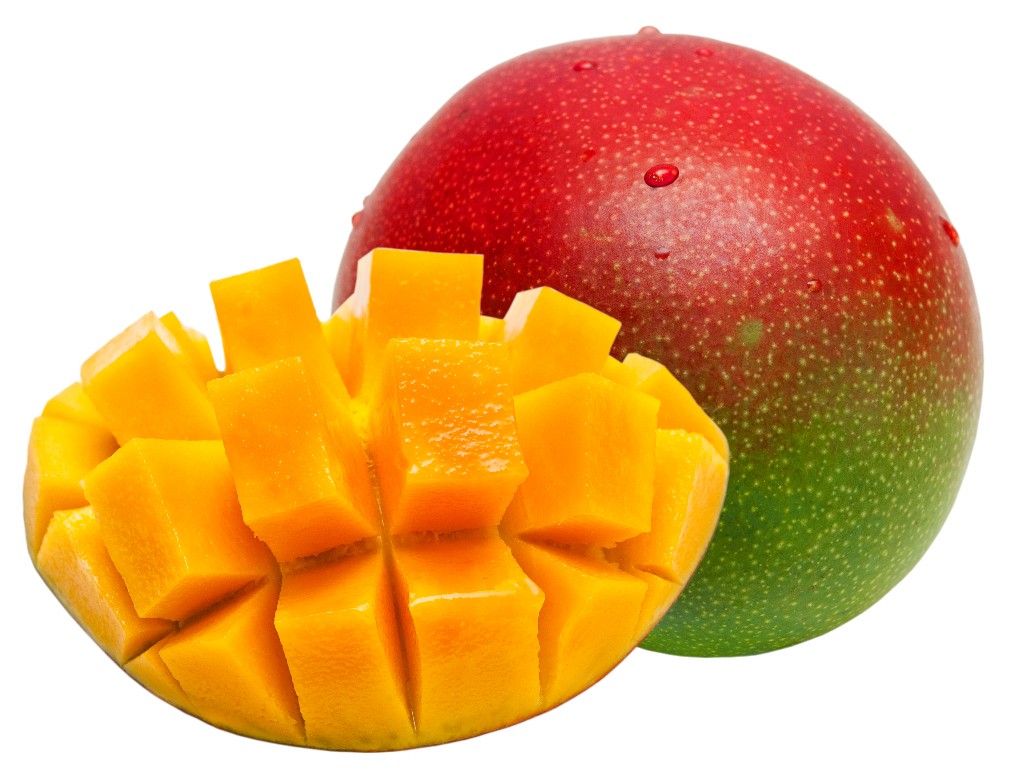The Mangoes have Arrived!

Mango season has kicked into high gear. Through the months of May and June trees and the beds of fruit trucks will be abundant with mangoes. A wide variety of shapes, sizes, and colors are the result of years of cultivation. Each has a unique taste, some are more fibrous and tart, while others are smooth and sweet. Mangifera Indica (the scientific name for a mango tree) is surprisingly not native to Panama. The tree originally comes from Myanmar (Burma) and Andaman Islands in Eastern India. Introduced to Panama via the Philippines during Spanish colonialism, the mango tree now seems almost inherent to the isthmus. Most mango trees produce fruit twice annually, but different varieties bloom and fruit at different times throughout rainy season.
Thinking about ripe mangoes hanging in your back yard? The best time to grow a mango tree is right now. But you better get to work; a mango tree grown from a seed can take anywhere between four and eight years to produce fruit. The good news: by following these simple steps you could have mangos at you finger tips in less than three.
Your biggest jump-start will be starting from a grafted tree, and not a seed. This will reduce the time between planting and fruiting most significantly. You also want to
make sure to plant during rainy season and choose a good parent tree. This means knowing the tree your grafted cutting has come from. If you know that tree boasted an abundance of tasty fruit, yours should too! Mulching & fertilizing your mango tree in the first year will help give it the strength it needs to root and take off. When the tree reaches about one meter high, cut it back by a third and it will branch out creating a larger canopy.
Trending Tags


